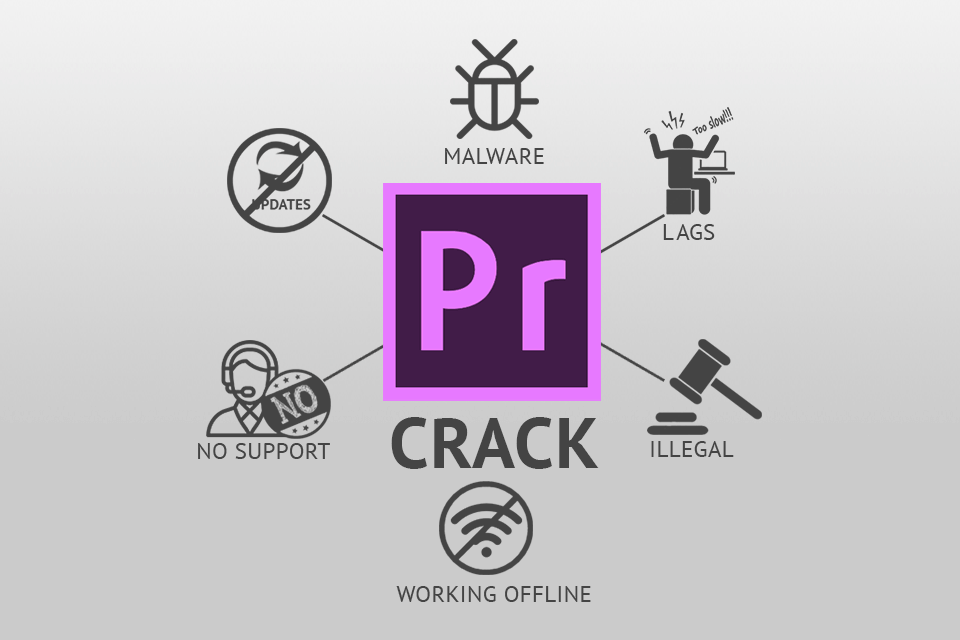

Once your rushes have imported, select one and drag it onto the small ‘New Item’ icon at the bottom on the bin. Alternatively, you can drag and drop your files straight into the bin.Ħ. In your Rushes bin, right click and select ‘Import…’ Select your rushes and let them load. This way, you know that your progress can never be lost.Ĭreate bins for each item type and use colors throughout your Premiere Pro project to help stay organised.ĥ. Make sure that the paths in question are where you want your files to be saved. TIP: Set your ‘Project Auto Save’ to a cloud backup folder like Google Drive. Create a new project in Premiere and go to File>Project Settings>Scratch Disks. Only once you’ve done this should you format your camera cards.Ģ. Two additional locations are preferable, with one being off-site. Once you have it, back it up to at least one other location. Ingest the footage from your memory cards onto your machine. Using tape, label the camera cards you’ve been filming so you know they’re in use and avoid confusion. I’ll use Premiere Pro as an example, but the same principles apply to Final Cut as well.ġ. These tips and tricks, which have helped me a lot, will save you time. I hope to help make the process easier by offering a good workflow. Backing up your files correctly may seem like a pain at first, but when a drive fails (and they always do eventually), it’s great to know you can keep on working without a hitch. Incorrect project settings can cause endless problems, but they’re easy to get right when you know what to do.

Overlooking seemingly small details can cost you hours of work further down the line. It’s not the sexiest topic, but a good workflow will save you time and headaches.

Editing workflow is the method you use and the steps you take to go from import (start) to export (finish).


 0 kommentar(er)
0 kommentar(er)
